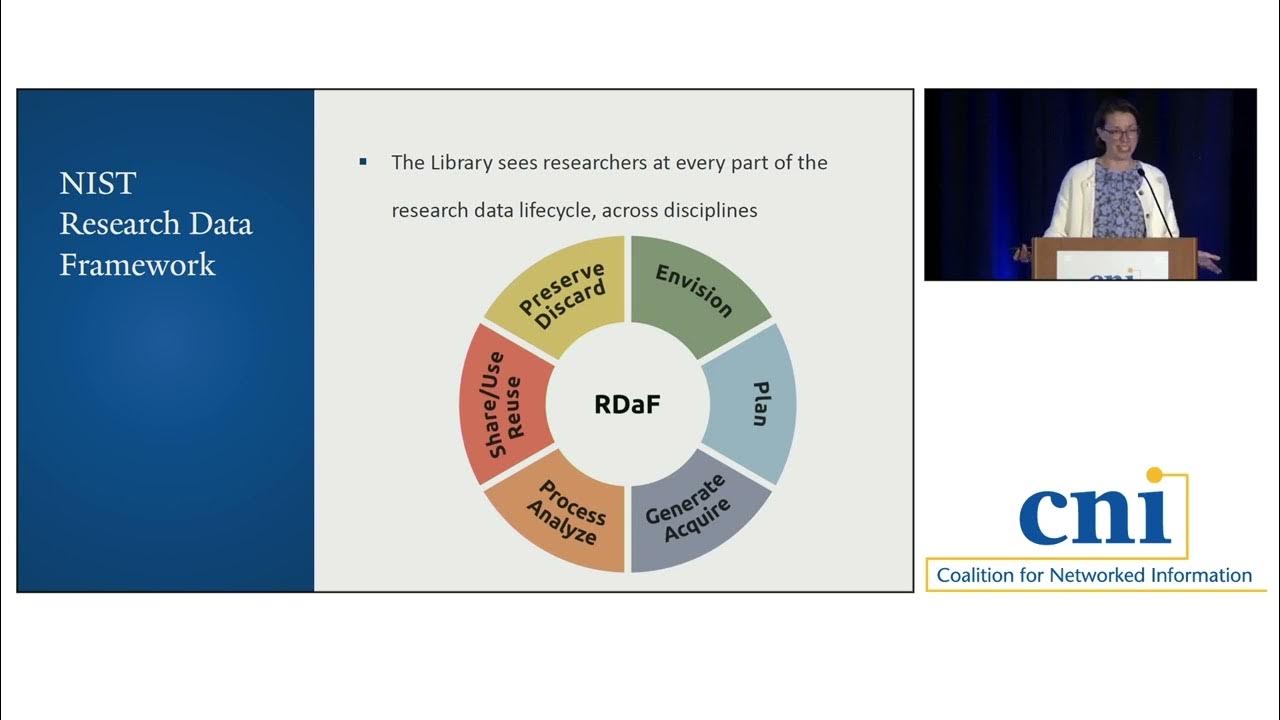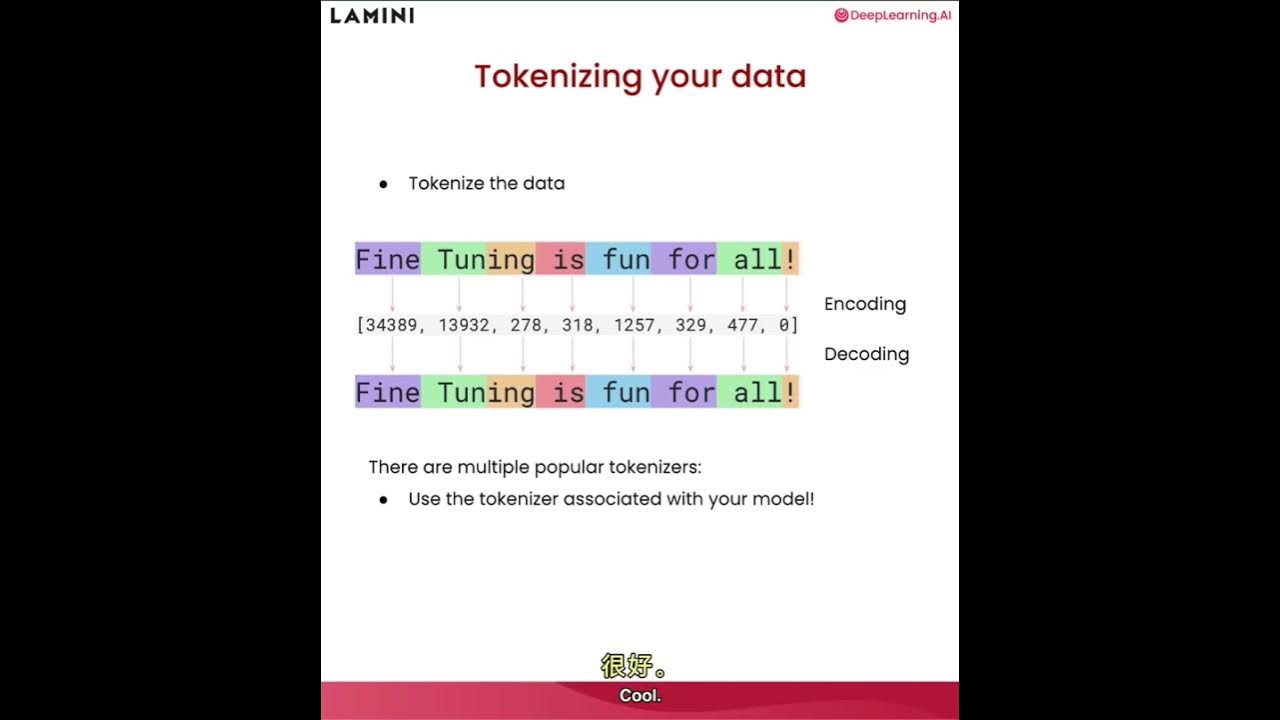ODA Summit 2021 - Part 2: Complete BIM Interoperability
Summary
TLDR本视频介绍了ODA的IFC SDK,这是业界首个专业且经济实惠的IFC解决方案,已被广泛用于数据访问、几何处理和高质量可视化。今年,ODA新增了高级验证和协作工具,包括新的验证引擎、支持MVD和BCF的XML和REST API,以及新开发的IDS标准。此外,还介绍了强大的Express解释器,无需依赖第三方技术。ODA的IFC SDK与ISO 1030和STEP标准紧密相关,提供了多种ISO兼容特性。视频还展示了如何使用ODA库将Revit模型转换为IFC格式,并在Navisworks中查看,以及如何使用ODA SDK处理和可视化点云数据。
Takeaways
- 🚀 Oda的IFC SDK作为业界首个专业且经济实惠的IFC解决方案,已被广泛采用并用于数据访问、几何处理和高质量可视化。
- 🔧 今年Oda新增了高级验证和协作工具,包括新的验证引擎,支持MVD和BCF的XML和REST API,以及新开发的IDS标准。
- 📈 支持开放BIM标准,包括BSI标准,以及对Revit和KNIFES Fox文件的支持,以及DWG的架构、土木和地图扩展。
- 🌐 实施IFC SDK与ISO 1030和3标准的实施密切相关,引入了几个与ISO兼容的功能,如比较应用程序实例、从模型中删除实例等。
- 🔍 引入了强大的新的Express解释器,根据ISO 1030和3标准第11部分实现,无需依赖第三方技术。
- 📊 Express解释器的主要部分包括解析器、语义分析器和解释器,可以处理任何基于Express的格式,并已针对多个STEP和IFC进行了测试。
- 🔄 IFC XML 2x3的读写支持自22.6版本以来已在Oda FC SDK中提供,文件大小通常是源IFC文件的5倍。
- 📚 根据会员的请求,还增加了对旧版IFC模式的支持,如IFC TWIX Final和Type C2X2 Final,使旧文件可以由FC SDK生成。
- 🛠️ Oda通过与领域专家和软件供应商的合作,参与了新IFC 4.3标准的制定,该标准支持铁路和道路相关领域的正式化。
- 🔄 通过Oda的SDK,可以轻松地将IFC文件转换为DWG或DXF文件,以便集成到项目中,如铁路隧道计划等。
Q & A
ODA的IFC SDK是什么?
-ODA的IFC SDK是业界首个专业且经济实惠的IFC解决方案,它已被成员公司广泛采用,用于数据访问、几何处理和高质量可视化。
IFC SDK新增了哪些功能?
-IFC SDK新增了高级验证和协作工具,包括新的验证引擎、对MVD和BCF的支持以及XML和REST API,还有新开发的IDS标准。
ODA的IFC SDK与ISO 1030和3标准有何关联?
-ODA的IFC SDK的实现与ISO 1030和3标准的实施密切相关,SDK引入了几个与ISO兼容的功能,包括比较应用程序实例、从模型中删除实例、复制实例以及简化的早期绑定API等。
新的Express解释器是如何工作的?
-新的Express解释器根据ISO 1030和3标准第11部分实现,无需依赖第三方技术。解释器包括一个解析器,它将.x文件作为输入并创建表达式的抽象语法树;一个语义分析器,检查变量、类型和字段;以及一个解释器,它使用晚期绑定访问属性值来评估派生属性和WHERE规则。
IFC XML 2x3的读写支持是如何实现的?
-IFC XML 2x3的读写支持在ODA FC SDK的22.6版本中已经可用。通过演示可以看到,IFC文件可以被导出为IFC XML格式,尽管文件大小通常会比原始IFC文件大五倍。
ODA如何支持IFC 4.3新标准?
-ODA通过与BuildingSMART Rail的合作,实现了IFC 4.3标准候选版本4的早期实施,该版本支持铁路和道路相关领域的正式化。
Web Infinity公司的核心业务是什么?
-Web Infinity的核心业务是计算机辅助设计,拥有20多年的应用开发和CAD计划自动化经验。它的旗舰产品Side View是一款独立的软件,不需要任何其他CAD软件,就可以将CAD解决方案集成到用户的开发中。
如何使用Side View将IFC文件导入到DWG格式中?
-使用Side View打开IFC文件,然后选择将其转换为DWG或DXF文件,以便能够将其集成到项目中。用户可以设置Side View来导入IFC实体,可以选择作为块导入或将其分解为层并命名。
BMrb和Bmrv是什么?
-BMrb是ODA独立的工具包,用于导入、可视化和创建Revit模型。Bmrv是一个活跃的开发产品,用于提供更广泛的支持元素创建和编辑的公共API。
ODA的SDK如何支持城市信息建模(CIM)?
-ODA的SDK通过结合绘图SDK和架构SDK,以及对GIS数据的支持,可以帮助创建CIM解决方案。这使得用户能够在一个应用程序中结合来自多个源的数据,并利用这些数据优化任何给定的开发项目。
ODA的SDK如何处理点云数据?
-ODA的SDK提供了一套工具来处理点云数据,这些工具可以读取RCS和RCP点云格式,将非结构化格式(如PTS或XYZ)转换为结构化的RCS文件,并可视化点云。ODA的点云引擎在可视化过程中会检查点云的可见性,并选择适当的细节级别。
Outlines

This section is available to paid users only. Please upgrade to access this part.
Upgrade NowMindmap

This section is available to paid users only. Please upgrade to access this part.
Upgrade NowKeywords

This section is available to paid users only. Please upgrade to access this part.
Upgrade NowHighlights

This section is available to paid users only. Please upgrade to access this part.
Upgrade NowTranscripts

This section is available to paid users only. Please upgrade to access this part.
Upgrade NowBrowse More Related Video

Webinar | ¿Cómo aumentar la competitividad a través de la logística en las Pymes?

Top AWS Services A Data Engineer Should Know

A New Approach to Data-Intensive Research Support: Computational Methods & Data at Yale University

How I Would Learn GIS (If I Had To Start Over)

【コンプレックスをお金に換える】悩みが多い人ほど儲かる副業法

大语言模型微调之道5——准备数据
5.0 / 5 (0 votes)
